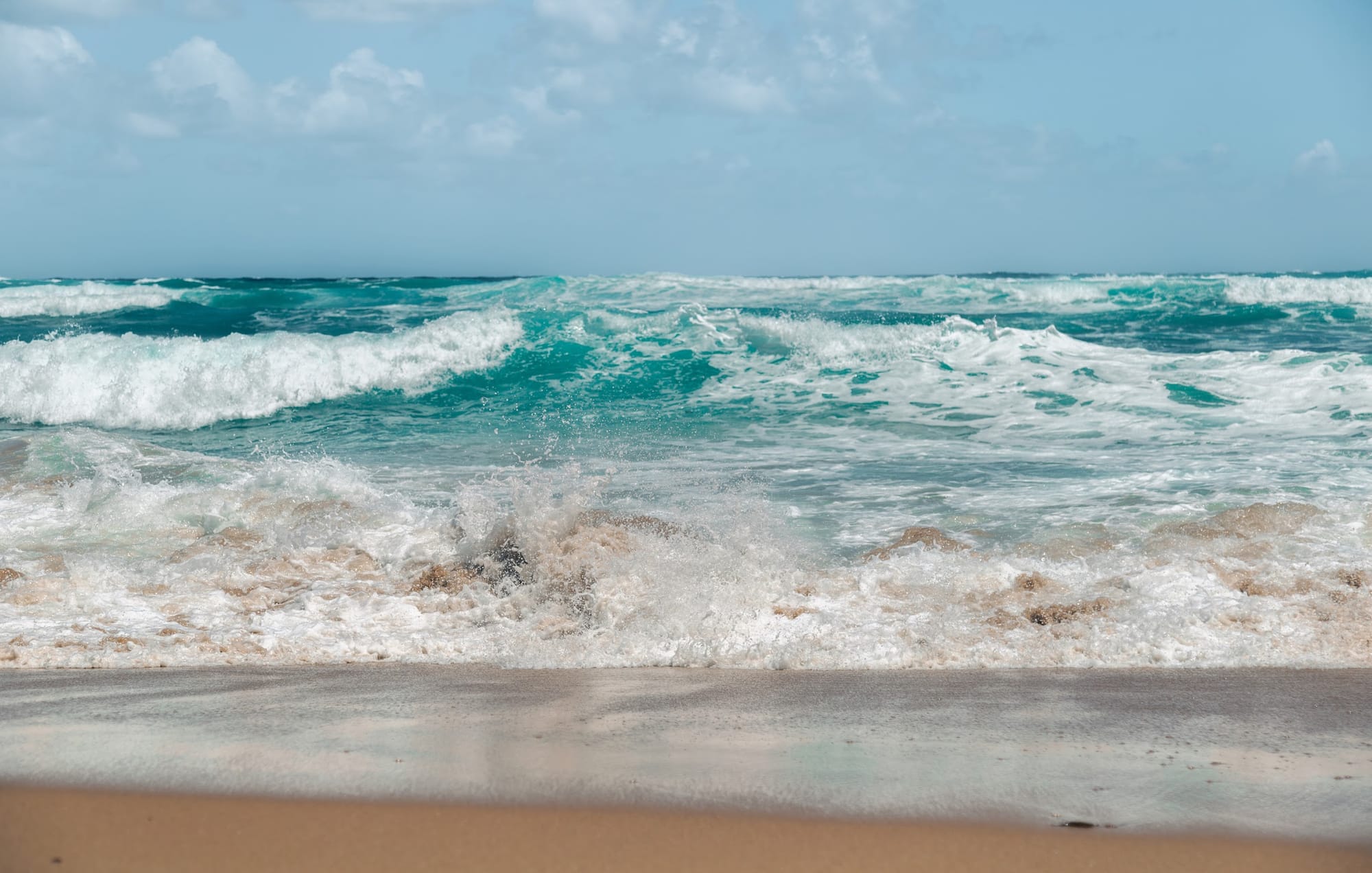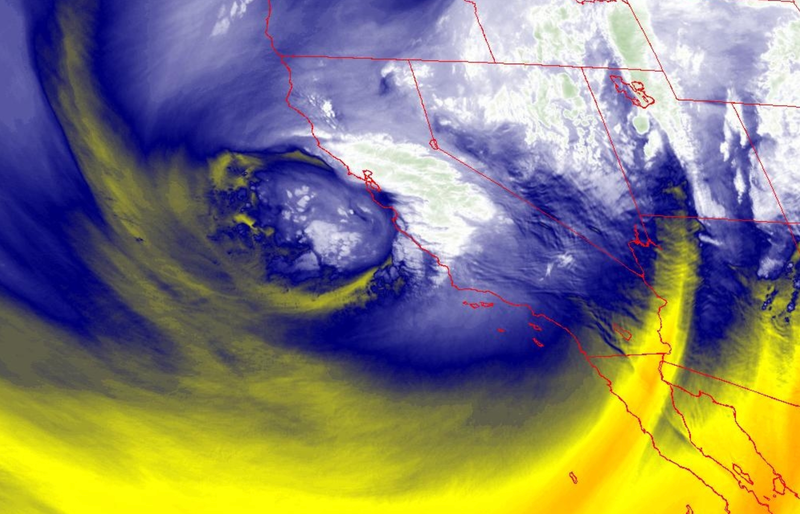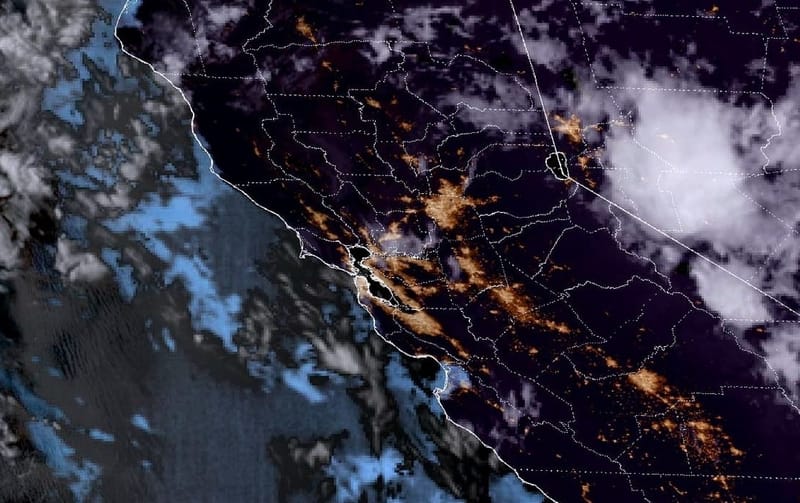California Coastal Commission takes action on sea level rise and coastal challenges
As 2024 draws to a close, the CA Coastal Commission is addressing sea level rise, public access, and coastal development challenges.
The California Coastal Commission’s December meeting in Newport Beach underscored the growing urgency of addressing sea level rise and its impacts on the state’s coastline. As we reported earlier this month, recent data from the US Sea Level Explorer projects a 13-centimeter rise by 2050 in cities like Santa Monica and Monterey, a key piece of context for the Commission’s latest decisions and initiatives.
Witness the powerful King Tides from the comfort of your home! Join our @portsprogram staff from 6 different state parks this Friday @ 8:30AM & learn about the potential impacts of sea level rise to California’s coastal ecosystem. Watch it here:https://t.co/XfFQRHOHmD pic.twitter.com/93Mmf1HJPC
— CA State Parks (@CAStateParks) December 10, 2024
Data-Driven Decisions on Coastal Development
The Commission reviewed multiple development proposals that highlighted the risks posed by rising sea levels. In Dana Point, a proposal to build a 7,500-square-foot home raised concerns over coastal flooding and erosion, prompting the Commission to call for further review. Similar caution was exercised in Encinitas, where planned projects near bluff edges raised questions about long-term safety and compliance with local coastal programs.
These deliberations echo findings from the Sea Level Explorer's Santa Monica report. It states,
“Sea level goes up and down throughout the year from things like tides and changes in seasons. Some years may also be higher than others due to natural fluctuations from things like El Niño.”
While short-term variations exist, the overall trend points to rising water levels and increased risks for coastal developments.
Exploring Nature-Based Solutions
To address these challenges, the Commission has emphasized the importance of adaptive strategies. A workshop in October, held in collaboration with NOAA and other organizations, focused on integrating nature-based solutions into transportation infrastructure. Techniques like wetland restoration and dune stabilization were explored as ways to mitigate flooding while enhancing ecological resilience.
The workshop reflects broader efforts to develop strategies that balance environmental preservation with infrastructure needs.
Insights from Santa Monica and Monterey
Sea level data from Santa Monica and Monterey provides a closer look at the challenges coastal cities face. Since 1993, Santa Monica has seen a 6-centimeter rise in sea level, while Monterey recorded a slightly lower increase of 5 centimeters. Projections for both cities align, with a 13-centimeter rise anticipated by 2050 under middle-range emissions scenarios.
This data highlights the importance of local planning and policy to address both current and future vulnerabilities.
Balancing Access and Development
The Commission also reviewed projects aimed at improving public access while maintaining environmental protections. Approved initiatives include the Venice Dell affordable housing project, which preserves vital coastal access infrastructure, and the closure of San Francisco’s Upper Great Highway to vehicle traffic, which incorporates dune restoration and pedestrian safety upgrades.
These projects demonstrate ongoing efforts to manage the competing demands of public use, development, and environmental preservation along the coast.
Looking Ahead
The Commission’s actions this month reflect a broader acknowledgment of the risks associated with rising sea levels. As California prepares for further challenges, the integration of data, community input, and adaptive strategies will remain central to safeguarding its 1,100-mile coastline.
By grounding decisions in science and public policy, the Commission continues to address the complex realities of managing a changing coastal environment.







